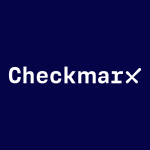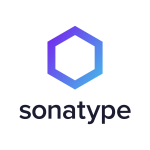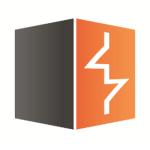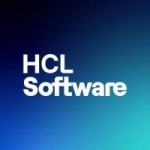We use Veracode to identify vulnerabilities in code to ensure the security and integration of the apps.
Veracode effectively identifies vulnerabilities within the code. My role is to analyze these vulnerabilities and assign a severity level before forwarding them to the development team. This allows them to address the issues before deployment to production.
Whenever Veracode releases a new feature, we seek the expertise of Veracode's application security consulting team to understand its functionality and how it contributes to code security. The team demonstrates exceptional responsiveness and promptly addresses our questions, eliminating the need for unnecessary back-and-forth communication.
In today's digital world, cybersecurity is more important than ever. Veracode offers a comprehensive suite of features that help developers secure their code through automated scanning. This scanning identifies vulnerabilities and detects malicious code, preventing it from entering production.
Veracode has helped reduce our time to remediate security flaws.
The policy reporting for ensuring compliance with industry standards and regulations has been positive for our organization.
Veracode provides visibility into application status at every phase of development.
It has been instrumental in enhancing our organization's ability to fix flaws while simultaneously reducing our manpower requirements allowing us to focus on other issues.
Veracode has helped our developers save 20 percent of their time.
Implementing Veracode has significantly bolstered our security posture. We can uncover more vulnerabilities and streamline our detection process. We've become more proactive in identifying and addressing security threats. This allows us to focus on building secure applications with confidence.
Veracode has proven to be a solid choice for our organization's shift-left security strategy, compared to other solutions like Darktrace.
To ensure secure software from development to deployment, we leverage Veracode throughout our CI/CD pipeline, enhancing our app security at every stage.
Veracode helps us prevent vulnerable code from entering production, strengthening our third-party application security.
Among Veracode's features, vulnerability scanning stands out for its effectiveness in identifying and remediating security weaknesses, ultimately mitigating threats to our applications.
The integration capabilities have positively affected our existing development tools when integrating with other cloud solutions. It is easy to integrate and the support team is helpful during the integration process.
Veracode helped improve our compliance posture with our existing solutions.
The automation of Veracode is great because we no longer have to run manual testing.
The weekly report logs are great because we can address any vulnerability issues that are detected quickly.
Veracode runs comprehensive scans and links the vulnerable code to the weekly reports identifying what services are affected and forecasting the next steps.
The GUI requires significant simplification, as its current complexity creates a steep learning curve for new users.
I would like Veracode to introduce more sophisticated AI features.
I have been using Veracode for one year.
I would rate the stability of Veracode nine out of ten.
Veracode supports scaling up whenever we want to keep up with our growing app portfolio.
I would rate the scalability of Veracode eight out of ten.
The experience I had with their technical support has been great.
I recently changed companies, and my current employer does not use Veracode. However, I have discussed implementing it with them because it offers more mature features compared to other solutions.
The initial deployment took around four months and required five people.
Veracode is affordable for large organizations, but its pricing may be out of reach for small and medium companies.
I would rate Veracode an eight out of ten. Veracode's pricing hinders my overall rating of the solution.
Veracode was deployed in two regions with 25-plus users.
Veracode requires some maintenance to keep the scanning accurate.
While I highly recommend Veracode, affordability for smaller organizations may be a significant hurdle due to its pricing structure. It's crucial to carefully evaluate their budget constraints and explore alternative solutions if necessary.




















